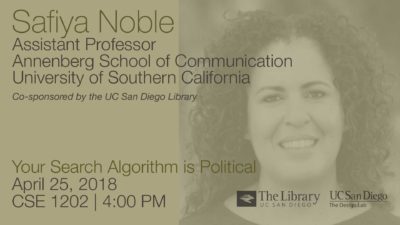
Abstract
Visualization Design Methods
I will discuss the methodology of design studies, where visualization researchers analyze a specific real-world problem faced by domain experts, design a visualization system that supports solving this problem, validate the design and reflect on lessons learned in order to refine visualization design guidelines. I will frame this discussion in terms of a nested model of visualization design and evaluation. The nested model addresses concerns at four separate levels: the specifics of a domain situation, the abstractions of tasks and data that are framed in a domain-agnostic language, the idioms of visual encoding and interaction that visualization design choices can address, and the algorithms that instantiate these idioms as automatic computations. I will illustrate several design challenges via case studies: convincing industrial partners to allocate resources towards redesign of existing tools, bridging the gap from deployment to adoption, accommodating regulatory and organizational constraints on access to both users and data, and supporting the use of computational results that are good enough to be helpful but are far from perfect. These case studies address multiple application domains, ranging from journalism to health care to energy management. They feature different definitions of success, and thus different methods to achieve it.
Wednesday, January 25, 2017
CSE 1202


